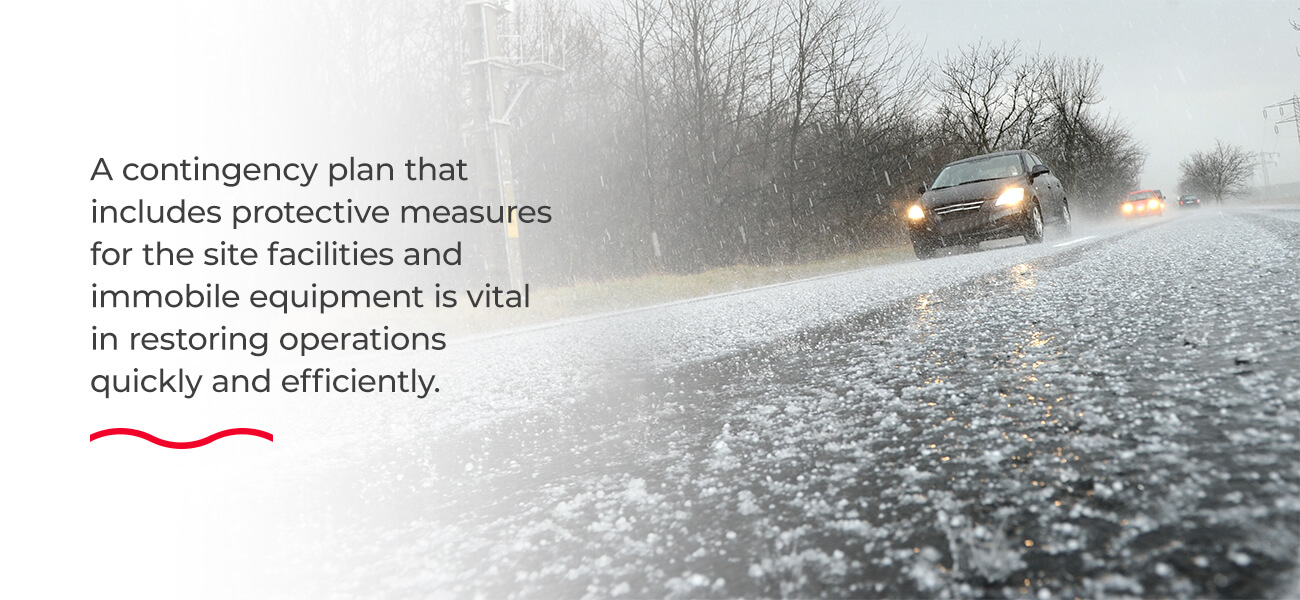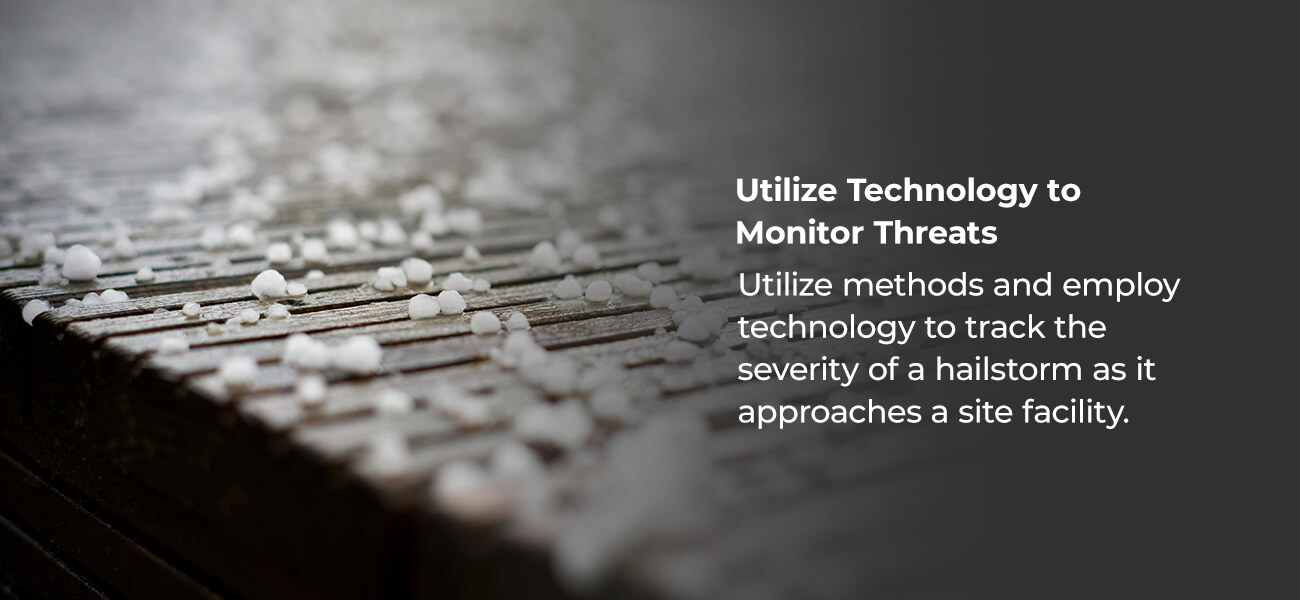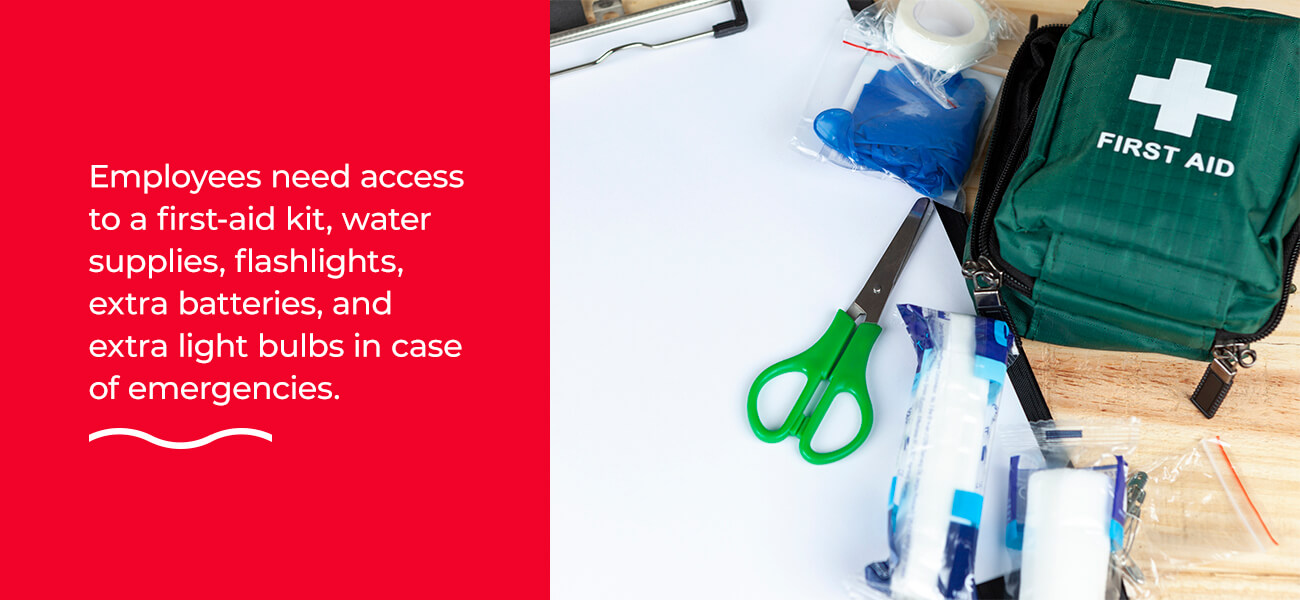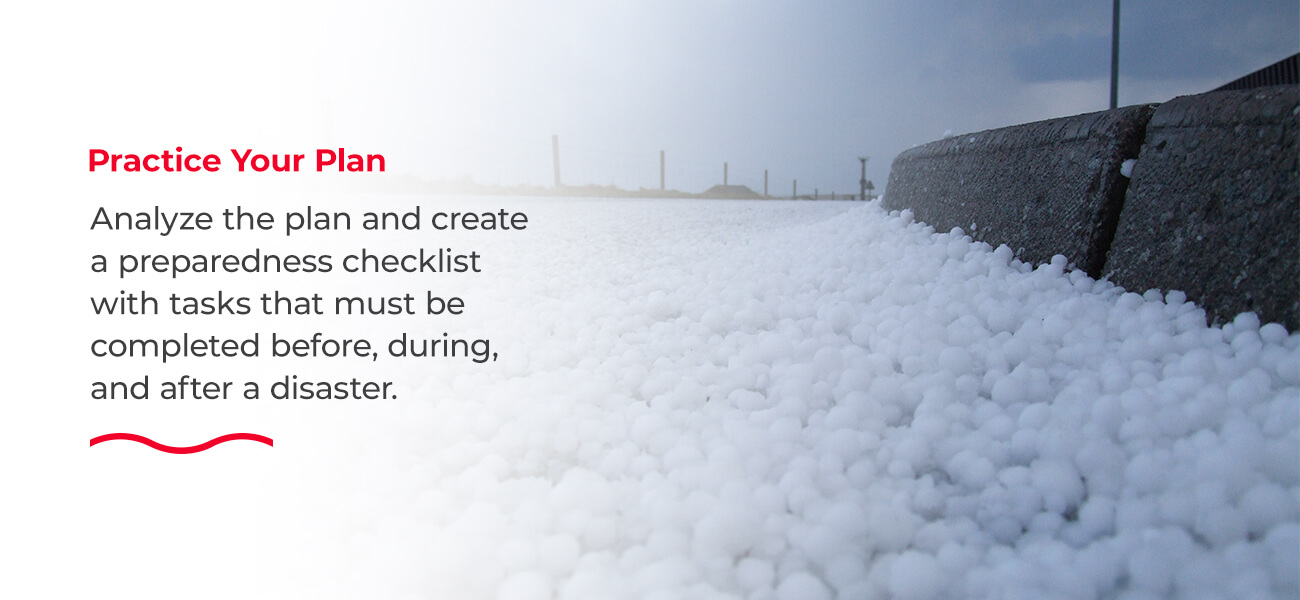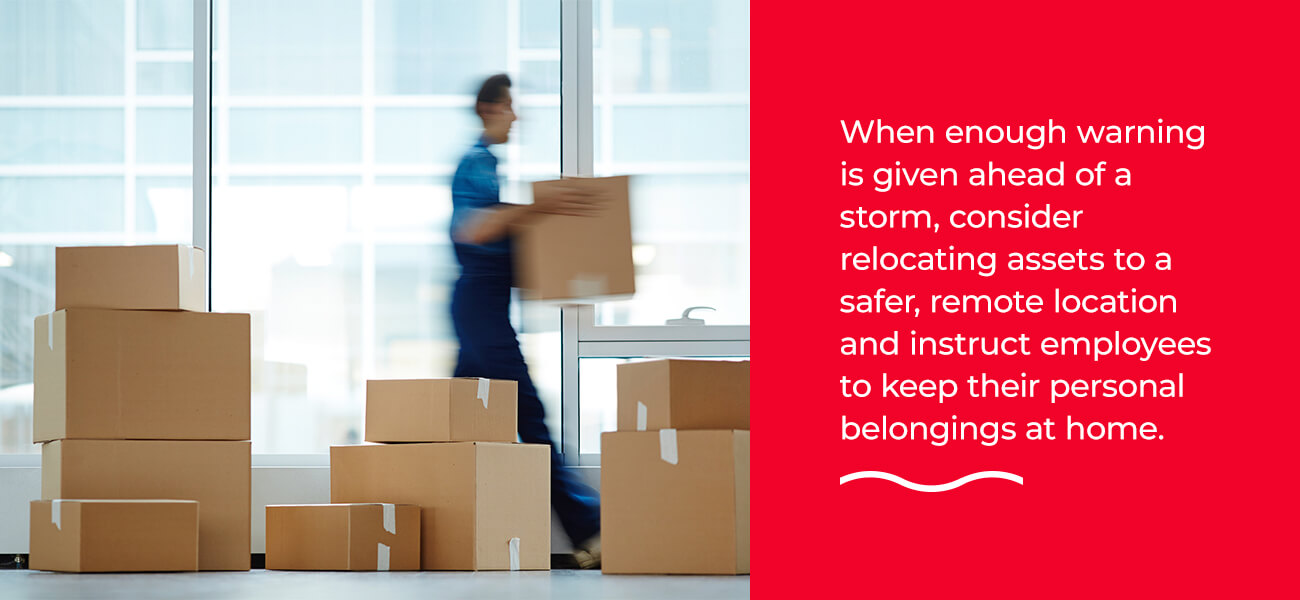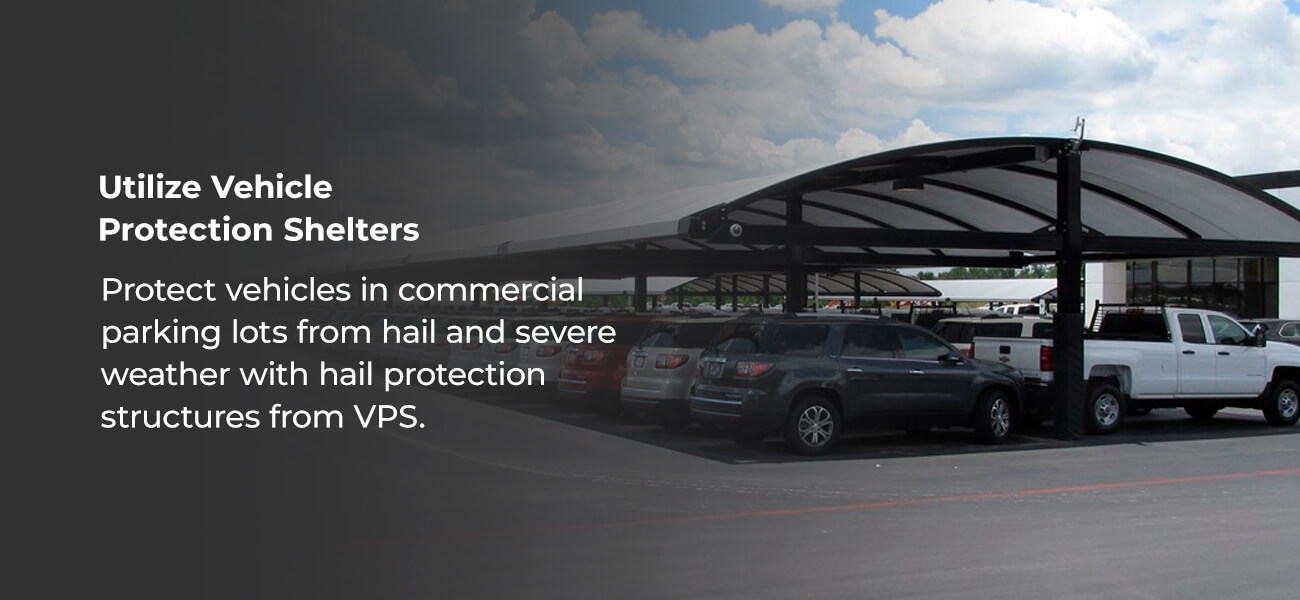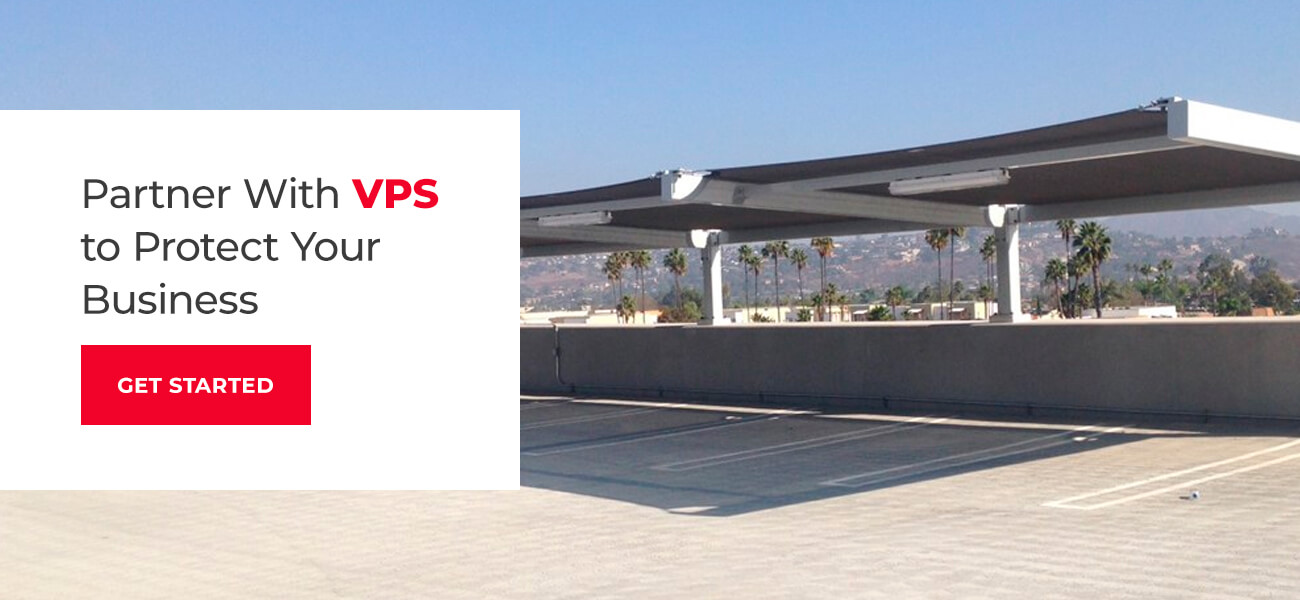Each year, hail causes costly damage to businesses across the United States. According to the NOAA’s 2020 severe weather report, the U.S. experienced 4,611 major hailstorms — bringing heavy rain and sizable hail viable enough to damage roofs, dent vehicles, and crack windows or windshields. These severe storms resulted in more than 332,000 hail claims paid by State Farm, totaling over $3.1 billion in losses covered.
However, the reality is that hail damage is far more common than can be represented by State Farm claims data alone. Organizations can take several steps to prepare for the impact of a hailstorm. A suitable contingency and recovery plan can help protect the people and assets of any business.
Read the full article or jump to a specific section:
- Conduct a Preparedness Assessment
- Create a Contingency Plan
- Create a Communication Plan
- Practice Your Plan
- Protect Your Assets
- Partner With VPS to Protect Your Business
Conduct a Preparedness Assessment
Business operations don’t have to slow down when forecasts show heavy rain, hailstorms, or other natural disasters. Assessing who and what may be impacted can help an organization prepare for the storm. A business would want to protect several different areas: its people, suppliers, site facilities, and other critical assets.


